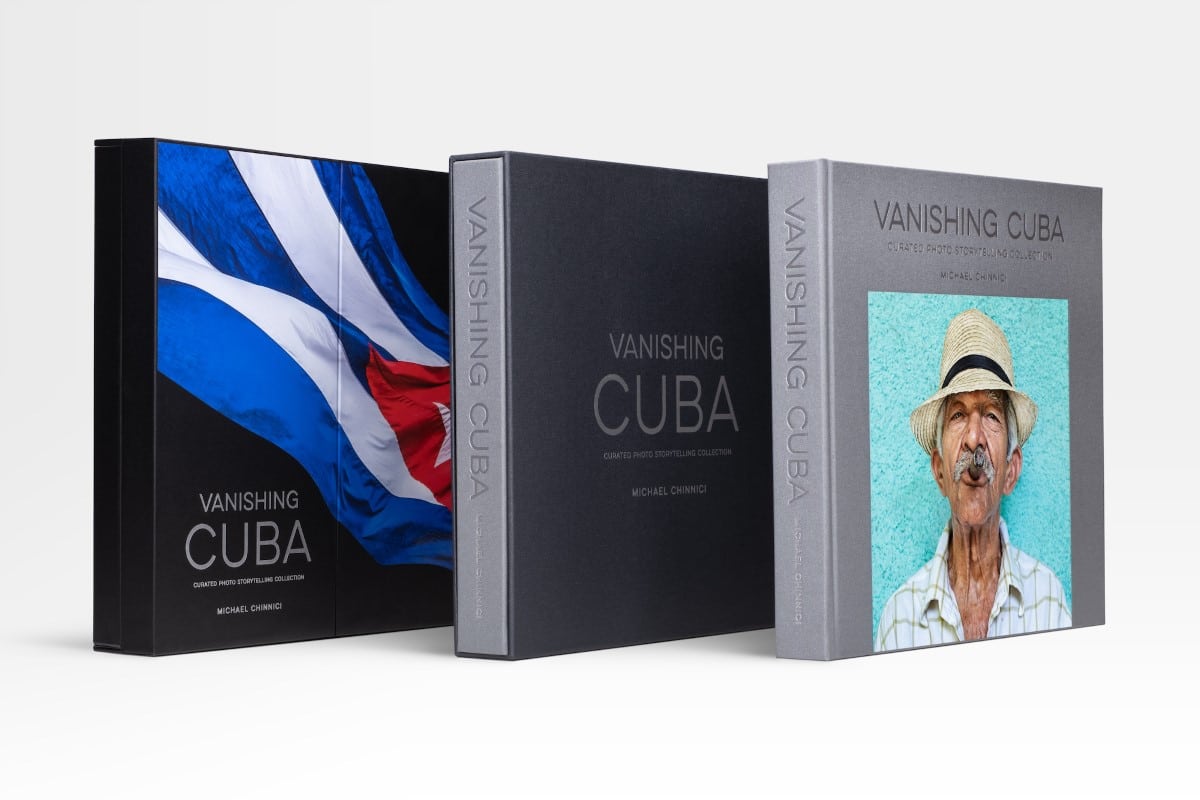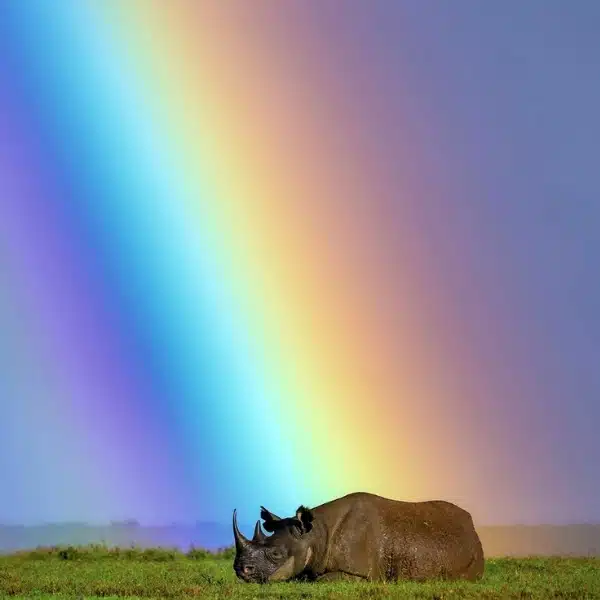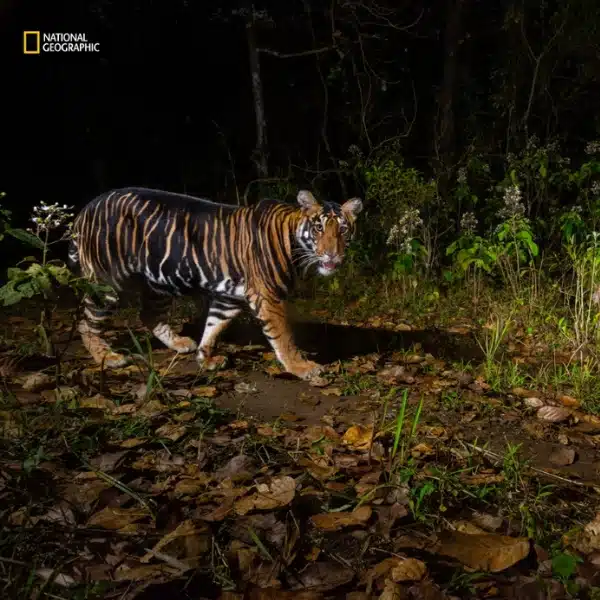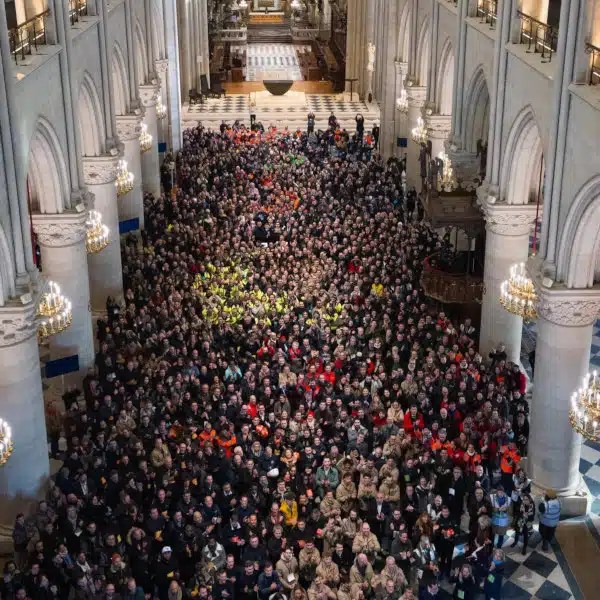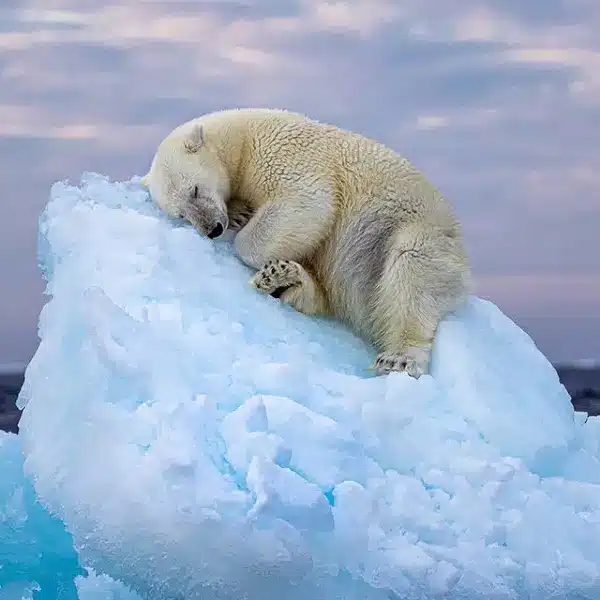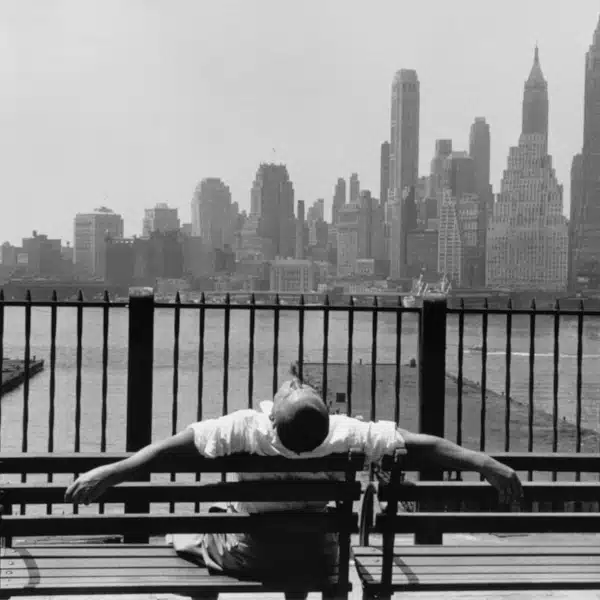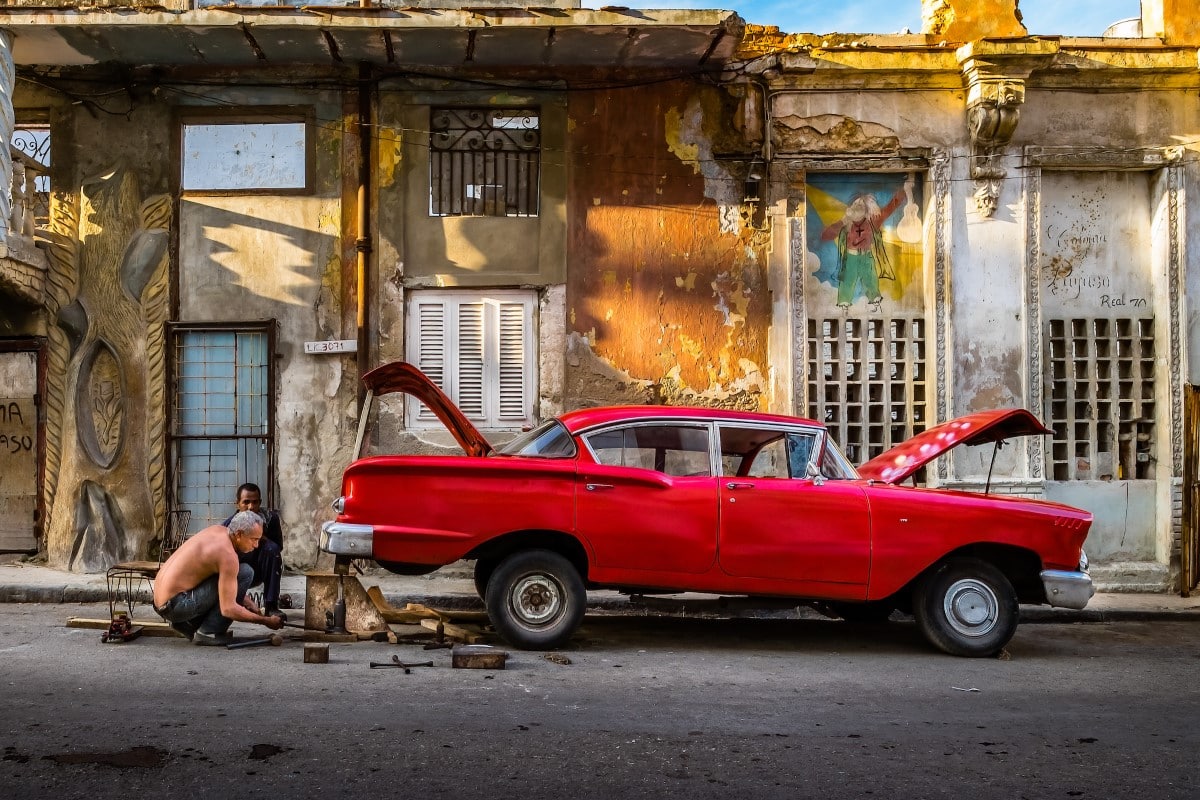
“Cuban Repair Shop”
This post may contain affiliate links. If you make a purchase, My Modern Met may earn an affiliate commission. Please read our disclosure for more info.
American documentary photographer Michael Chinnici is in love with Cuba. He began visiting the country once travel restrictions eased and he hasn't looked back since. Vanishing Cuba is his look at the “soul of Cuba” through evocative photographs of the country's people and places. This large-format coffee table book features over 300 images from his first 24 trips to the island nation and is available in three special editions.
Chinnici's powerful visuals are accompanied by stories in English and Spanish to help guide the narrative. Many of these stories are told by the Cubans who have created strong bonds with the New York-based photographer. And together, they are helping tell a story of Cuba's past, present, and future.
From intimate portraits to landscapes to candid moments on the street, Vanishing Cuba is a collection that speaks to the heart. Turning the pages, it's impossible not to feel Chinnici's love for Cuba. In this way, it's more than a photography book but is rather a love letter to all the Cubans who have left an impression on the photographer and who continue to drive his passion to return.
We were able to chat with Chinnici about his love for photography and for Cuba, as well as the impact he hopes Vanishing Cuba will have. Read on for My Modern Met's exclusive interview and pick up a copy of Vanishing Cuba on Red Octopus Publishing or Amazon.
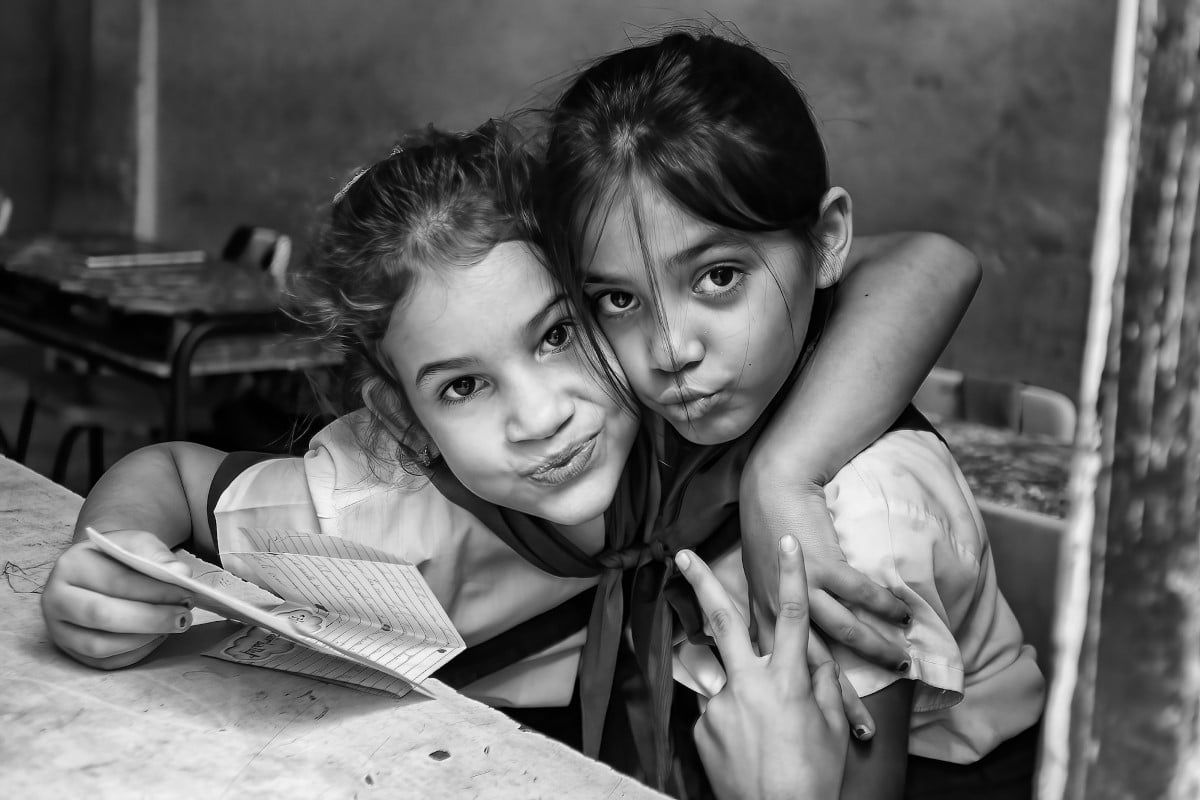
“The Children of Cuba”
What sparked your love for documentary photography and investigating other cultures through your art?
There are many genres of photography. They all appeal to photographers in different ways. I love to connect with my subjects. I get this mainly through people and environmental captures. I don’t get that kind of feedback from more static photography. Don’t get me wrong—I love landscape, nature, architecture, etc., but I just don’t feel the same connection.
I fell in love with documentary photography because it captures real life in a beautiful and truthful way. It allows the viewer to see the world through my eyes and better understand the story that I’m telling.
I enjoy giving people a better understanding of the world around them. It can also help people to learn about new customs and traditions and to appreciate the diversity of the world’s many cultures.
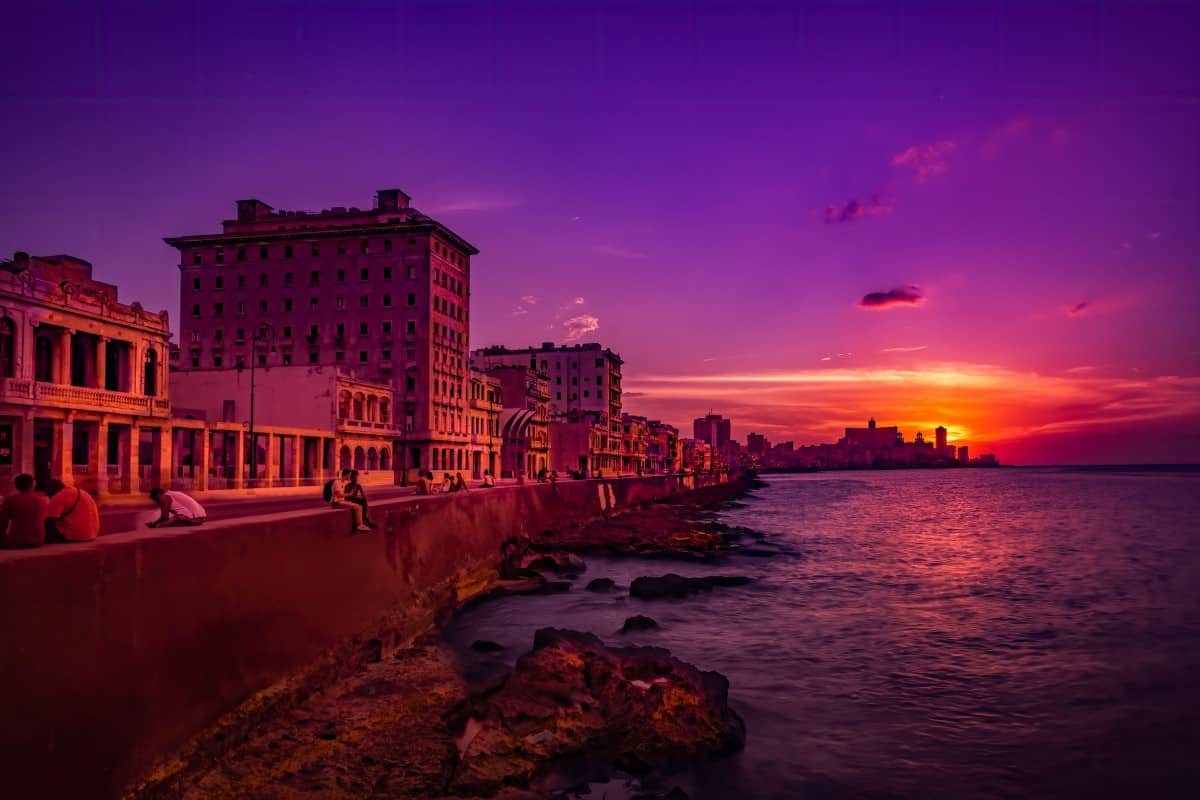
“Vanishing Sun”
How did the initial trip to Cuba come about and what was it about the country that hooked you?
When I realized that travel to Cuba was possible, I contacted some friends who connected me with the right people. Having the right team on the ground in Cuba—or any country—is key to exploring and capturing unique, truthful, and compelling images.
What hooked me? The people. Everyone I know who has gone or who I've brought to Cuba has fallen in love with the people. I'm no different. I've traveled to many countries, and there's something exceptional about Cuba and Cuban culture. The people have beauty in their souls.
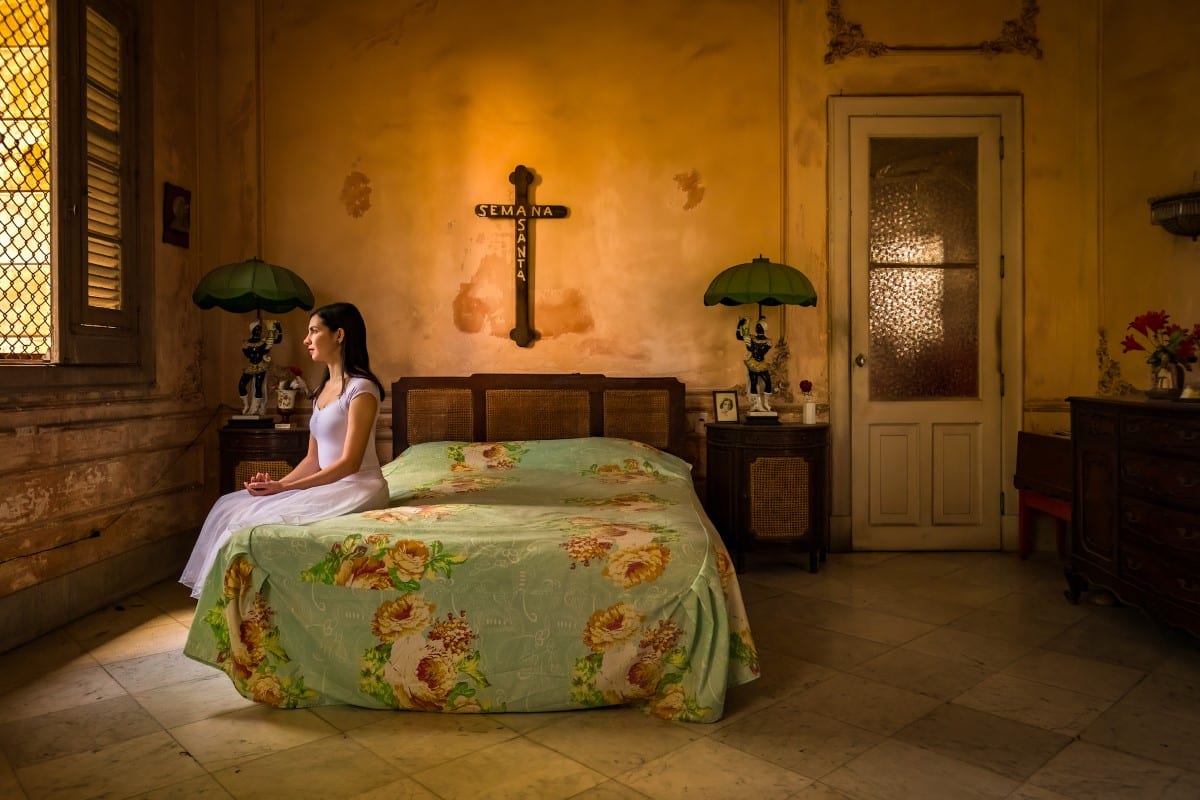
“A Room With a View”
When did it then transform into something larger?
I'm now up to 28 trips with my upcoming April trip.
My photography travel company Photo Workshop Adventures leads photographic and cultural trips worldwide, including Cuba.
As my love for Cuba grew and the global interest in traveling to Cuba increased, so did my trips. But even if that were not the case, I would have found a way to return and capture the everyday life of the Cuban people. I'll probably continue to go to Cuba several times a year for as long as it’s feasible.
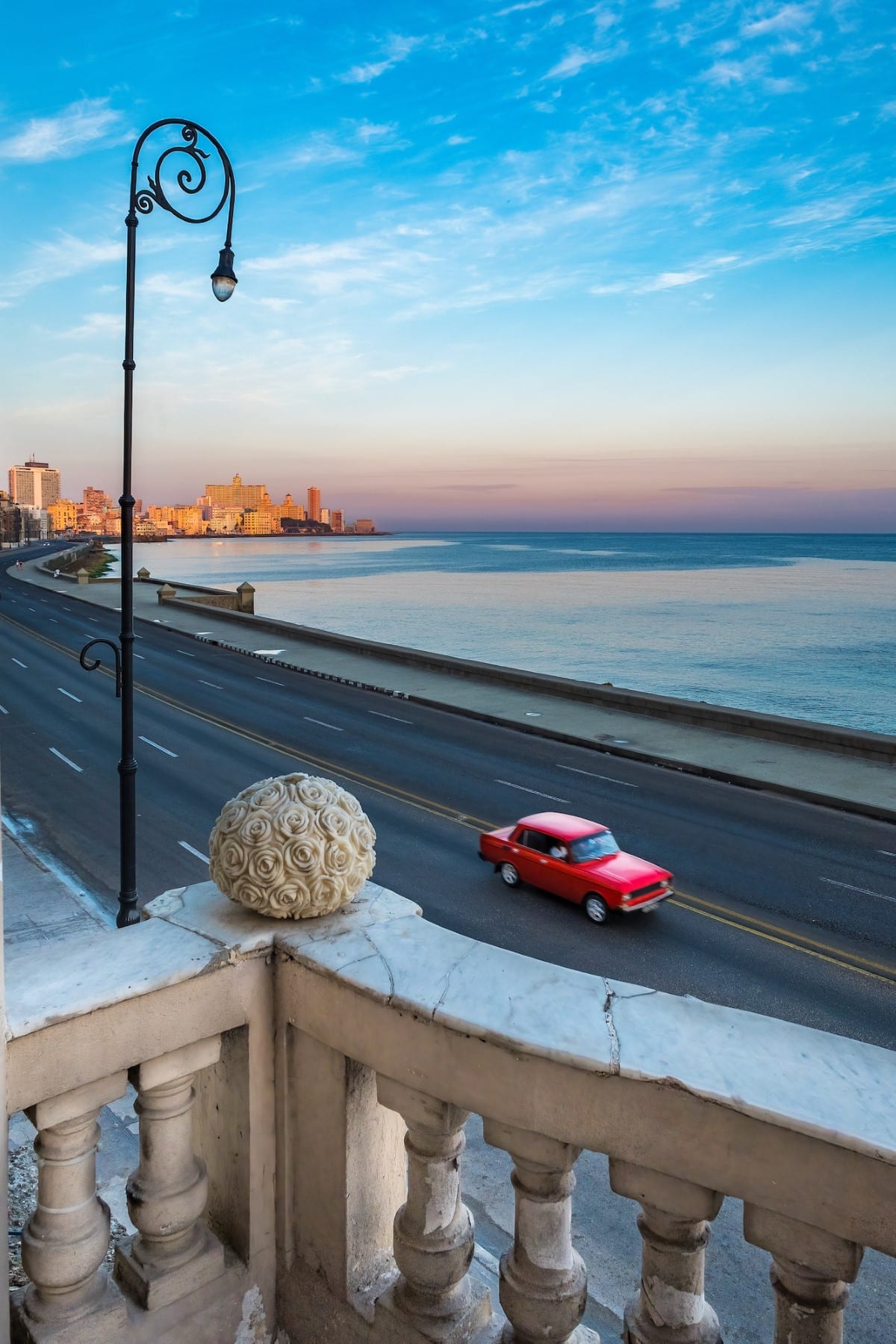
“Sunrise on the Malecon”
As Americans, we often have a very specific idea of what it must be like in Cuba based on past history between our countries. What was the most surprising thing you learn through your time in Cuba?
The most surprising thing I've learned is how similar Cubans are to Americans. Other than the distinct differences between the governments and the landscape, the people are the same. We feel an affinity toward each other. It's pretty remarkable. I talk about this in my book, how my fears and concerns on my first trip evaporated in a matter of days.
Think about the tumultuous relationship the United States and Cuba have had since the 1959 Cuban Revolution—including almost no diplomatic relations. The 60-plus-year trade embargo against Cuba is still in place. Think how that embargo affects everyday life for Cubans. You would think there would be much hatred and anger toward Americans. It's the opposite. Strangely, I see only anger toward the Cuban government.
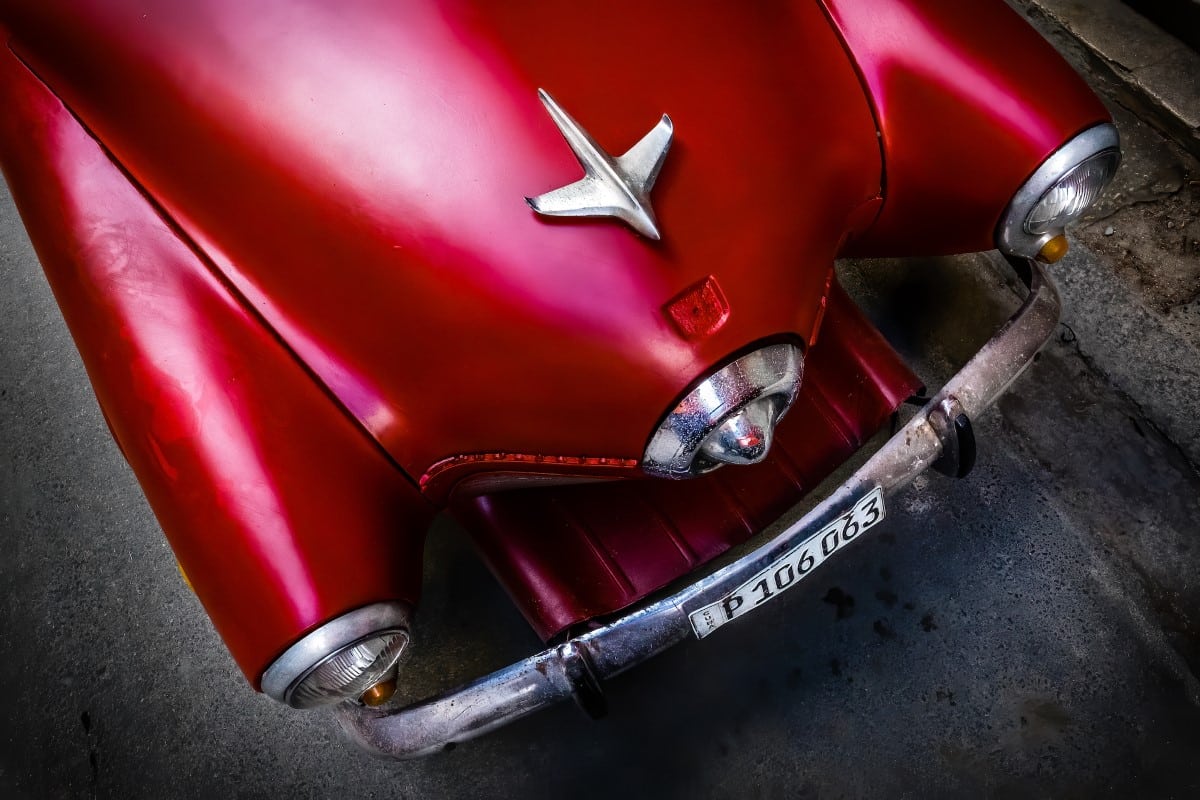
“Bullet Nose”
What were some of the biggest changes you saw in Cuba throughout your trips?
There have been many changes, such as fewer vintage American cars on the streets (mainly due to the addition of newer Chinese government cars and taxis). Fewer young women giving birth. A brain drain of some of the smartest and youngest people who have left for the United States and Europe. Deterioration of infrastructure. Less food, electricity, fuel, water, medicine, health care, etc., very high inflation, and no tourism. Many new hotels sit empty, waiting for the next surge in tourism. It's strange to see.
I've also witnessed positive changes, such as capitalism. Young entrepreneurs, taxi drivers, tour guides, mechanics, and retail shops trying to get ahead and make a difference. But they are few and far between.
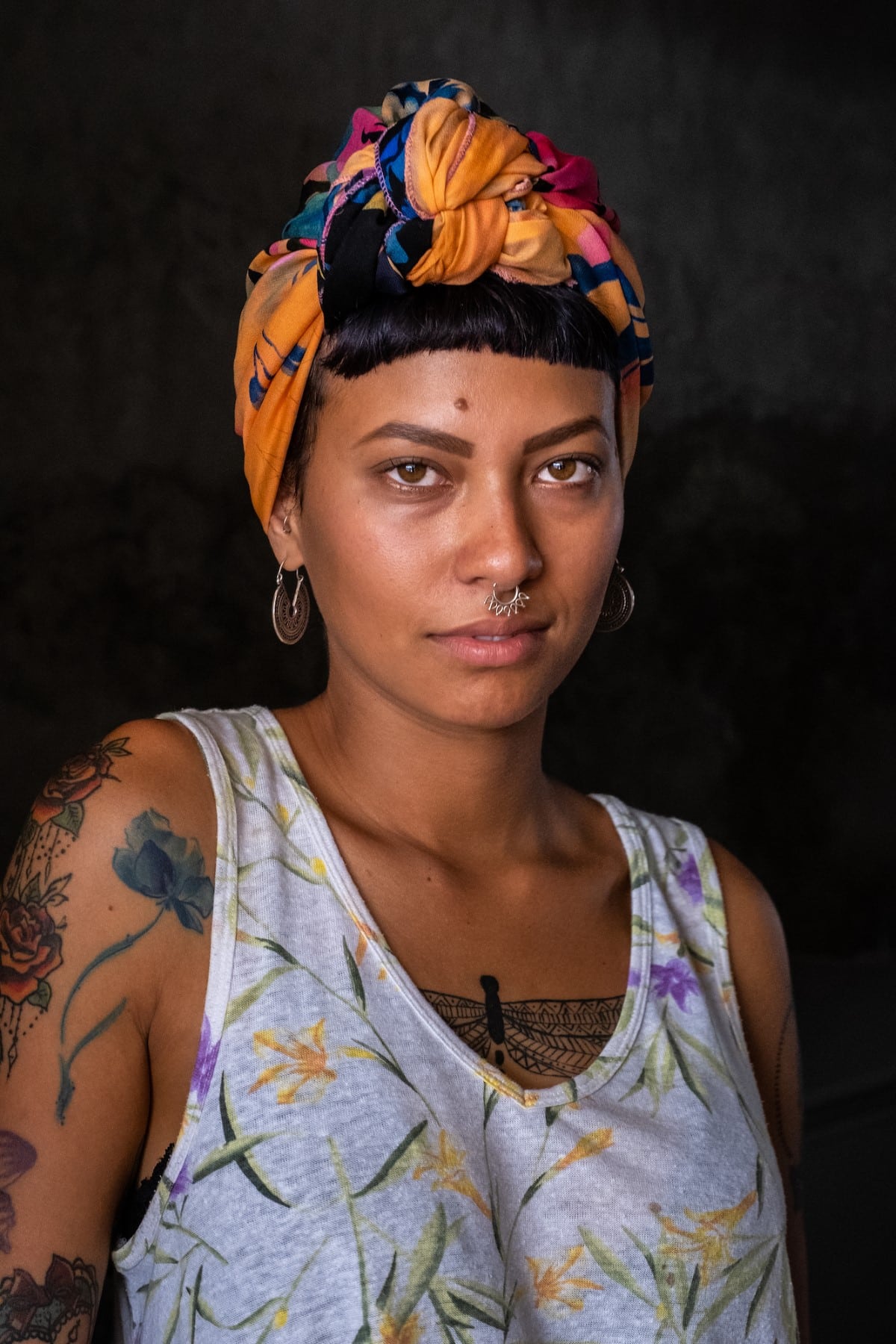
“Exotic Beauty”
Is there any image in particular that has special meaning to you, and how so?
There are too many images that I've taken for there to be one image that stands out and means something special to me. The book contains 300 images, edited from a collection of tens of thousands. But since you are asking the question, I will tell you about the story behind one photo.
I took an image of a young woman titled Exotic Beauty. The title describes her unique blend of ethnicities. It's not my favorite, but it has a very special meaning. I was in a restaurant in Old Havana when I noticed a waitress with a unique look. I asked her if I could photograph her, and she graciously accepted. Taking just a few minutes of her time, I asked her to step into the kitchen doorway, and I took her photo.
Soon after, Dayle and I became friends (like I do with so many of my encounters). Fast forward several months later. Francesco, a young Italian man with a love for photography and Cuba, who follows me on Instagram, saw my post of Dayle. They connected, and when the Covid restrictions were over, he traveled to Cuba, where they began a beautiful relationship. Recently, they were married in Florence, Italy. Knowing that my photograph connected two people and created a beautiful love story makes what I do all worth it.
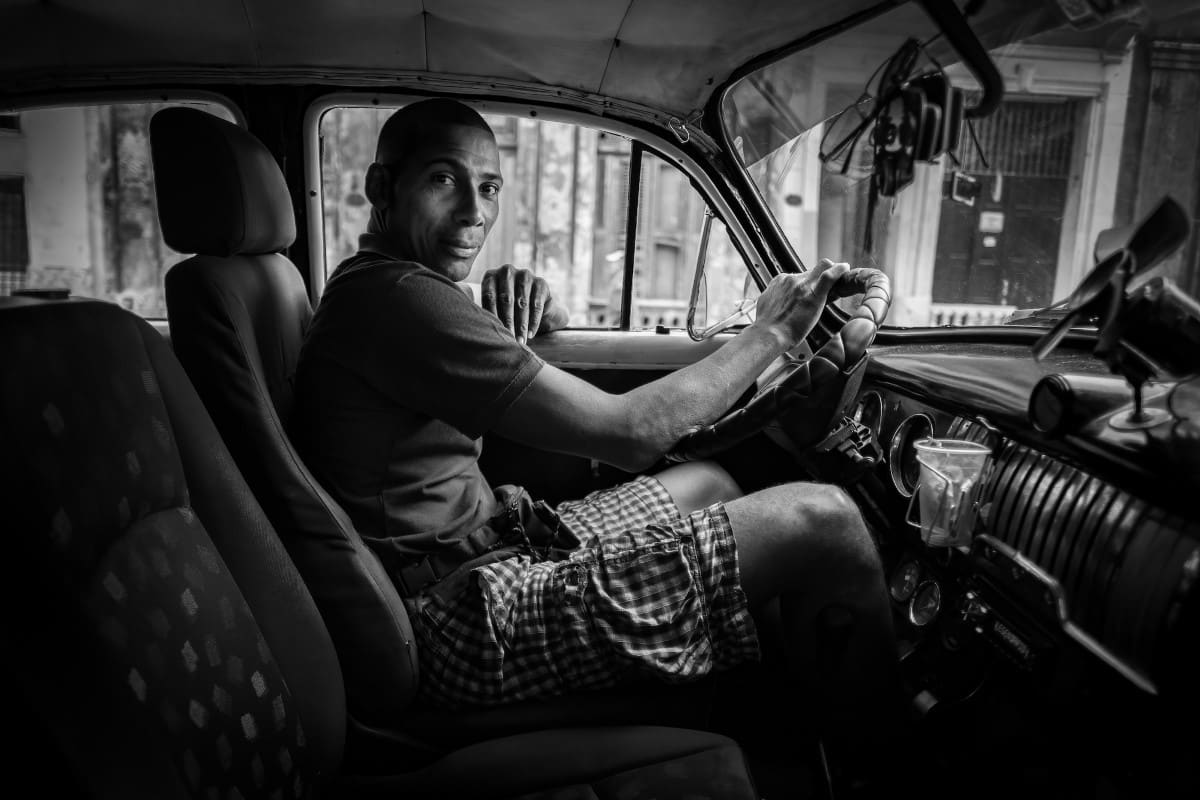
“Taxi Driver”
What do you hope that people take away when looking at Vanishing Cuba?
It's my hope that people will come away with better love and understanding of Cuba and the Cuban people. Feel my connection to the Cuban people and appreciate my photography.
Vanishing Cuba is now available in three special editions.
